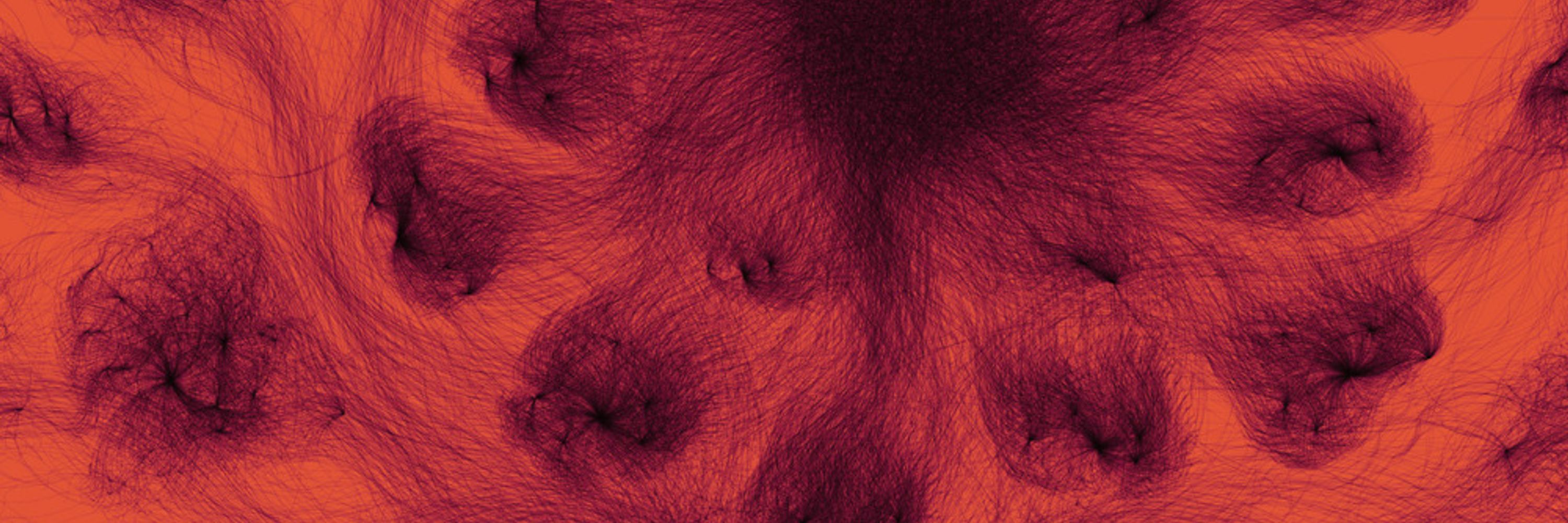


Great weather and even better science! 🧬 ⛰️




Great weather and even better science! 🧬 ⛰️
Couldn’t have happened to a nicer person: isbscience.org/news/press-r...
@isbscience.org @naehasubramanian.bsky.social @flash-point.bsky.social @annabiosys.bsky.social

Couldn’t have happened to a nicer person: isbscience.org/news/press-r...
@isbscience.org @naehasubramanian.bsky.social @flash-point.bsky.social @annabiosys.bsky.social


Worked well in high, but not so well in low biomass settings.

Worked well in high, but not so well in low biomass settings.
Each combination was effective -- P. vultagus did quite well on its own.


Each combination was effective -- P. vultagus did quite well on its own.
We found three groups: +/+ correlation, +/- correlation, and -/- correlation (for commensal growth/abundance, respectively).

We found three groups: +/+ correlation, +/- correlation, and -/- correlation (for commensal growth/abundance, respectively).
He found that dominant Gram negative anaerobes, like Bacteroides and Phocaeicola species, showed strong competition with C. diff when they were abundant.

He found that dominant Gram negative anaerobes, like Bacteroides and Phocaeicola species, showed strong competition with C. diff when they were abundant.
We found that, combined with vancomycin treatment, this cocktail was able to suppress model-predicted C. diff growth through metabolic competition.

We found that, combined with vancomycin treatment, this cocktail was able to suppress model-predicted C. diff growth through metabolic competition.
However, the relationship was non-linear, with very high alpha-diversity showing higher predicted C. diff colonization risk.
This suggests a Goldilocks Zone for alpha-diversity & colonization risk.

However, the relationship was non-linear, with very high alpha-diversity showing higher predicted C. diff colonization risk.
This suggests a Goldilocks Zone for alpha-diversity & colonization risk.

Similar to what we saw before, a little more than half of the population was susceptible & the rest were resistant to C. diff commensal colonization.

Similar to what we saw before, a little more than half of the population was susceptible & the rest were resistant to C. diff commensal colonization.
We found three distinct niches (similar across 16S and metagenomic data sets): high-, moderate-, and no/low-growth.

We found three distinct niches (similar across 16S and metagenomic data sets): high-, moderate-, and no/low-growth.
As expected, model-predicted C. diff growth was higher before FMT.
Around half of healthy people were susceptible.
Models constructed with 16S and metagenomic data showed similar results.

As expected, model-predicted C. diff growth was higher before FMT.
Around half of healthy people were susceptible.
Models constructed with 16S and metagenomic data showed similar results.
Model predictions showed strong agreement with measured C. diff abundance over time -- 🎉

Model predictions showed strong agreement with measured C. diff abundance over time -- 🎉
Our models matched the empirical results, accurately predicting C. diff biomass across these toy communities.

Our models matched the empirical results, accurately predicting C. diff biomass across these toy communities.
He developed an 'in silico invasion assay', which is depicted in the graphical abstract ⬇️

He developed an 'in silico invasion assay', which is depicted in the graphical abstract ⬇️
Peak Seattle summer 🌞

Peak Seattle summer 🌞

Fecal bacterial biomass was lower in Ulcerative Colitis (UC) patients than Crohn's Disease patients (iHMP2 data set).

Fecal bacterial biomass was lower in Ulcerative Colitis (UC) patients than Crohn's Disease patients (iHMP2 data set).
B:H ratios show longitudinal variation in healthy individuals, and maintain a stable mean within an individual.

B:H ratios show longitudinal variation in healthy individuals, and maintain a stable mean within an individual.




